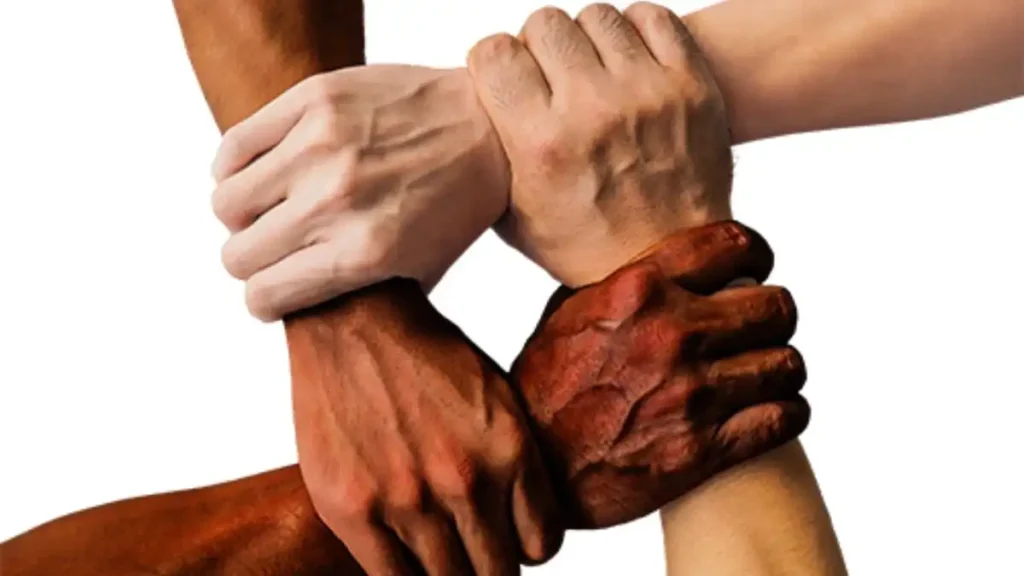It’s a common lesson in life not to judge a book by its cover. Indeed, it’s a powerful and elegant way to convey the idea that people are more than their outward appearance and that you should value a person’s inner qualities and character more than their outward appearance.You should also consider what a person says and does more than just their outward appearance. Lets see What Your Facial Features Are Saying ? However, have you ever had the impression that a person’s face alone can reveal a lot about their character? Is that a critical statement? Is that incorrect? It seems that a person’s face can reveal a lot about who they are.

Body language, which is largely determined by our posture, the muscles we use most, and other cues, is something that most people can read. For instance, it’s easy to read when someone is shy or afraid because they tend to tense up and close in on themselves. In a crowded room, you can always tell who is shy. By applying the same reasoning, one can also apply it to face reading. Since our faces contain a large number of them, it stands to reason that the ones we use the most would also be the most noticeable.Thus, you could assume someone worries a lot if, for instance, their forehead is covered in lines. Alternatively, if they have those furrows between their brows, it indicates that they are frequently angry or perplexed. However, an Australian reader of People has an even more intriguing theory. Some points are as follow about What Your Facial Features Are Saying ?
So , here are some points What Your Facial Features Are Saying ?
1.Friendliness


According to Australian “people reader” Alan Stevens, you can read faces just as well as body language, and they can reveal a lot of information. He said you could tell someone’s level of friendliness by measuring the space between their eyebrows and upper eyelids. It seems that those with greater distances between their eyebrows value their privacy more than those with smaller distances.
2.Confidence

Stevens asserts that a person’s width and length of face can be used to gauge their natural level of confidence. Individuals with faces that are more than 60% longer than they are wide are perceived as more confident than those with faces that are shorter.
3.Tolerance

The distance between one’s eyes can be used to gauge how forgiving one is of errors. Individuals with broader eyes tend to be more understanding of errors and miscommunications, whereas those with closer eyes are less forgiving.
4.Generosity of speech

Alan has come to the conclusion that a person’s lip fullness can reveal their level of talkativeness. People with thinner lips are more concise and less talkative, while those with fuller lips are more generous with their speech.
5.Sense of humor

The philtrum, or small grove that exists between the nose and upper lip, is how Stevens measures this. Individuals who have longer philtrums typically find humor and sarcasm to be appealing. Shorter philtrum people are more prone to take jokes personally and become offended.
6.World view
The size of the fold of the person’s eyelid, according to Stevens, is a good giveaway on how they tend to make their decisions. People with thicker skin tend to be more analytical; they weigh the advantages and disadvantages, compare and contrast, and thoroughly consider all available options before deciding on a course of action. People who have a smaller fold or none at all are more decisive and action-oriented.
Read also : 8 Myths About Men : You Need To Stop Believing











